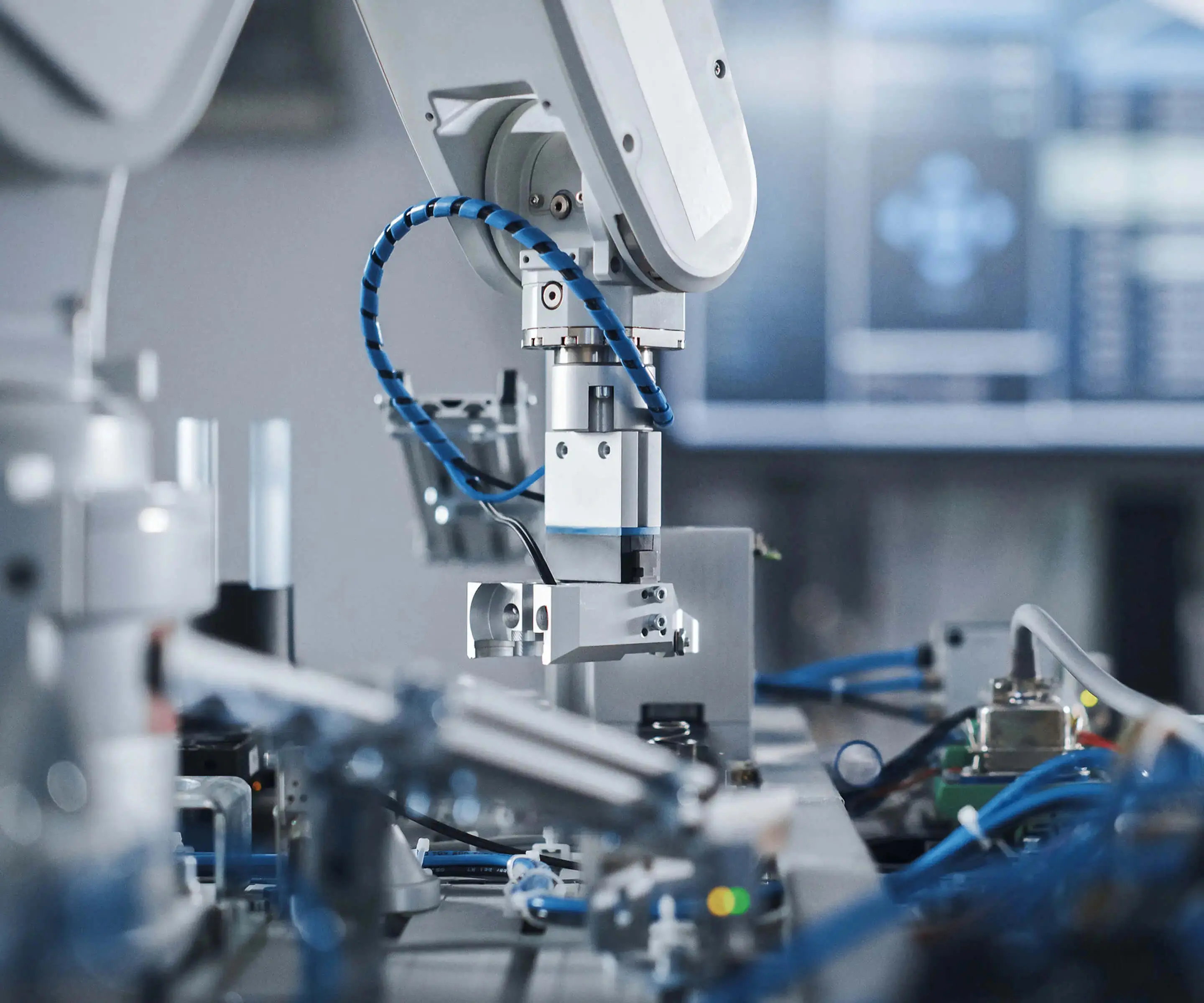Imagine a conductor leading an orchestra with unwavering precision, ensuring every musician hits the right note at the perfect moment. This is somewhat akin to what a servo motor does in the vast symphony of machinery and automation. Compact yet incredibly powerful, servo motors are the unsung heroes behind countless modern devices — from robotic arms assembling cars to cameras capturing 8K videos, and even in advanced aerospace technology. But what exactly is the function of a servo motor? How does it manage to deliver such high accuracy and power in such a tiny package?

Understanding the Basics: What Is a Servo Motor?
At its core, a servo motor is a specific type of motor designed for precise control of angular or linear position, velocity, and acceleration. Unlike a typical electric motor that just runs forward or backward based on power supply, a servo motor is part of a control system that actively adjusts its output based on feedback. This feedback mechanism is what allows it to achieve remarkable precision and stability in various applications.
Servo systems typically consist of a motor (the servo motor itself), a sensor (usually an encoder or resolver), a control circuit, and power supply. When a command is given—say, to rotate a robotic arm to a specific angle—the control circuit processes this command and continuously compares the servo's current position with the desired position. If there's any discrepancy, the system quickly adjusts the motor's output until perfect alignment is achieved. This closed-loop process is the heart of what makes servo motors so effective.
Types of Servo Motors
While the fundamental concept remains the same, servo motors come in several types, each suited for different tasks:
AC Servo Motors: These are powered by alternating current and are often used in industrial automation, CNC machinery, and robotics where high torque and durability are essential. They generally feature encoders that give real-time feedback.
DC Servo Motors: Powered by direct current, these are typically simpler and more cost-effective. They're common in hobby applications, small robotics, and precise control scenarios where quick response is needed.
Brushless DC (BLDC) Servo Motors: These have no brushes, reducing wear and tear, and provide higher efficiency, making them ideal for long-term, low-maintenance applications like drones and electric vehicles.
Servo-actuators: In some contexts, the term extends beyond motors to include complete systems that convert electrical signals into controlled movement, often used in aerospace and military hardware.
What makes a servo motor distinct from standard motors isn’t just its design but its integration into a control system that allows for rapid, accurate, and reliable positioning — a feature that has transformed the way machines interact with their environment.
The Mechanics: How Does a Servo Motor Work?
Diving deeper, we see that the real magic behind a servo motor lies in its feedback loop. Think of it as a highly disciplined athlete constantly checking their position and adjusting to stay on course. Here's a breakdown of its working principle:
Input Signal: The process begins when an external command—often a pulse width modulation (PWM) signal—sets the desired position or speed.
Measurement and Feedback: The servo motor's encoder or resolver measures its actual position and relays this information back to the control circuit.
Comparison and Adjustment: The control circuit compares the actual position with the desired position. If there's a lag or difference, it processes the error—sometimes called the ‘feedback signal’—and determines how to correct it.
Motor Response: The motor then adjusts its torque and speed accordingly, moving toward the target position.
Repeat Cycle: This process happens hundreds or thousands of times per second, maintaining extraordinary accuracy and responsiveness.
Because of this closed-loop control, servo motors can hold a position under load, accelerate smoothly, and respond swiftly to changes—traits that are indispensable in high-precision environments.
Applications That Highlight the Function of Servo Motors
Robotics: Servo motors power robotic arms in manufacturing plants, offering precise movement for assembly lines, welding, and packaging.
Aerospace: From controlling flight surfaces to satellite positioning, servo motors help maintain stability and exact orientation in the vastness of space.
Automotive Industry: Modern vehicles rely on servo motors in adaptive cruise control, electric power steering, and automatic door systems.
Consumer Electronics: Camera autofocus systems, drones, and even home automation gadgets use servo motors to deliver accurate control.
Medical Equipment: Imaging devices, surgical robots, and prosthetic devices depend heavily on the accuracy and reliability of servo motors.
Their ability to seamlessly switch between quick movements and holding static positions under varying loads makes servo motors an essential component of sophisticated automation and control systems across industries.
In Summation of
Understanding the function of a servo motor begins with recognizing its role as a master of precision within the machinery universe. Its core function — enabling accurate position, speed, and torque control through a closed feedback loop — forms the backbone of countless innovations today. By harnessing the power of advanced sensors and control circuitry, these little technological marvels are constantly pushing the boundaries of what's possible in automation, robotics, and beyond.
Stay tuned for Part 2, where we'll explore specific real-world examples, advancements in servo motor technology, and what the future holds for this critical component of modern engineering.
Kpower has delivered professional drive system solutions to over 500 enterprise clients globally with products covering various fields such as Smart Home Systems, Automatic Electronics, Robotics, Precision Agriculture, Drones, and Industrial Automation.




































